We hear it all the time – give *this type* of plant two inches of water each week, or gardens need between one and two inches of water per week.
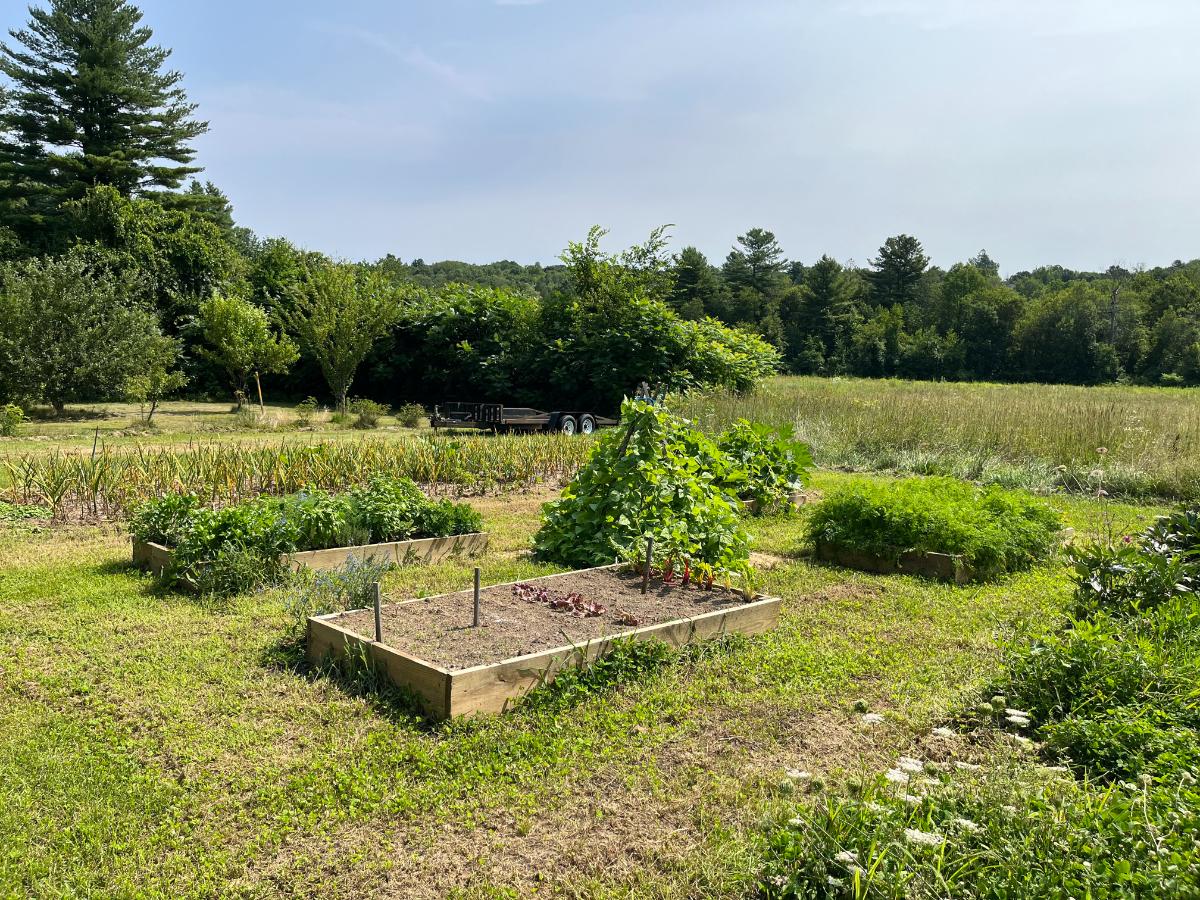
But what does that mean? And how do you know when enough is enough?
Well, there’s a simple hack for that (two, actually).
Jump to:
- What Does One or Two (or fill in the amount) Inches of Water Per Week Mean, Anyway?
- Technically, this means...
- One to two inches of water per week is a good average rule of thumb
- The Hacks That Can Help
- Invest in a Good Rain Gauge
- Sink a Can or Cup to Measure Water at Ground Level
- A Rain Gauge and A Can Work Well Together
- A Couple of Things to Remember
What Does One or Two (or fill in the amount) Inches of Water Per Week Mean, Anyway?
When a source says that your garden or a specific type of plant needs one or two inches of water per week (or more or less), what do they mean by that? That you need to water with a sprinkler or irrigation source to that measure every week?
Maybe, but no, not really.
What that means is that your plants need a total amount of water that adds up to one or two inches of water per week.
That total should include natural rainfall plus what you need to add to make it up to one inch (or whatever your water target measurement is).
Some weeks you’ll get all that water form natural rains. Others, you may get none at all and most of the time, you'll get something in between.
Technically, this means...

If you want to get technical about it, it means that in a square yard of space, the area would get about six gallons of water in a week (for one inch of water). That amounts to about six tenths of a gallon of water for every one square foot of garden space.
If the water stayed on the surface and you were able to measure it, it would be one inch deep over the whole surface of the ground.
But, of course, water doesn’t stay on the surface. It sinks in as it rains. So how can you know?
Here are two hacks that help.
One to two inches of water per week is a good average rule of thumb
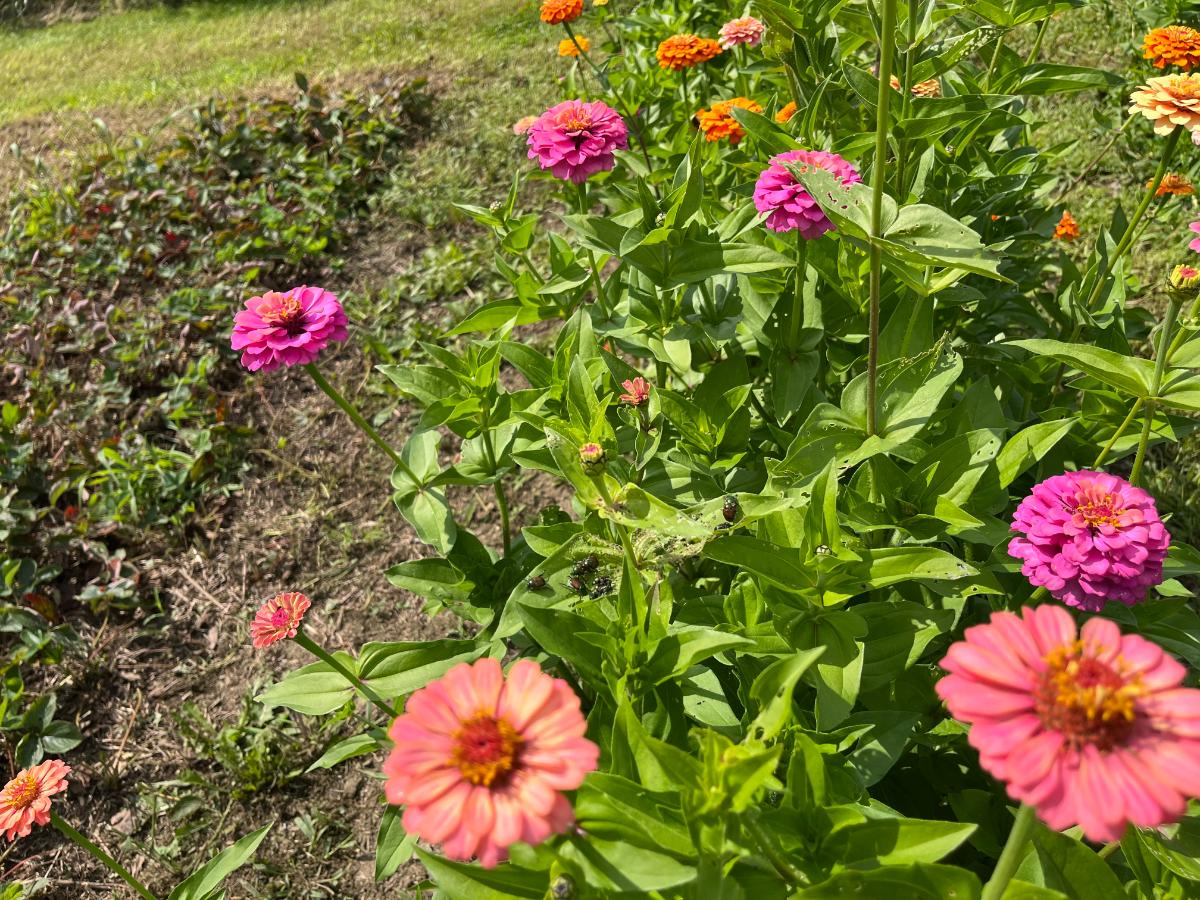
Just to note, though all plants can have different requirements, one to two inches of water per week is pretty average for perennials and vegetable plants.
So, an inch and a half of total water per week is good for a vegetable garden.
Perennials are in the same range, but on the lower side and more like one inch per week. They can also deal with less consistent watering and longer times between rain or water (up to two weeks). This is because their roots are deeper in the ground, and they have better access to deeper groundwater.
Perennials also tend to have more waxy leaves, and woodier stems that don’t lose water as easily.
The Hacks That Can Help
Here are two hacks you can use in the garden to see if your plants are getting enough water. In fact, it’s good to use them together.
Invest in a Good Rain Gauge

First, buy a decent rain gauge. It doesn’t have to cost a lot, and it doesn’t have to be fancy.
In fact, you might want to buy two or a few so you can set them up in different places around the yard. That’s also helpful if you have plants that have different water requirements.
- Keep at least one rain gauge in an area in your yard, away from buildings, overhangs, or dripping trees or plants that might distort the measurement (by causing more or less water to fall into the gauge).
- Check the gauge after it rains and see how much water you got
- You might choose to empty the gauge right away so you can measure the next storm, but if your goal is to see how much water you got that week (for the sake of the plants), then emptying it on the same day every week makes sense.
- Then, you can look quickly at any time during the week to see if you need to supplement the plants by watering the garden.
Another place to use a rain gauge is in the garden or garden rows.
- This gauge can measure rainfall and also capture rain from watering systems if the water from them falls high enough to be collected
- The markings on a gauge will give you a quick, easy, at-a-glance reference for the total amount of rain and supplemental water
- Gauges in the garden have a drawback or two; namely, leaves can block the water and result in incorrect collection and measurements
- Also, gauges mostly only work with higher watering systems like sprinklers, but low watering at the base of plants is best for the plants
This is where the next hack comes in.
Sink a Can or Cup to Measure Water at Ground Level
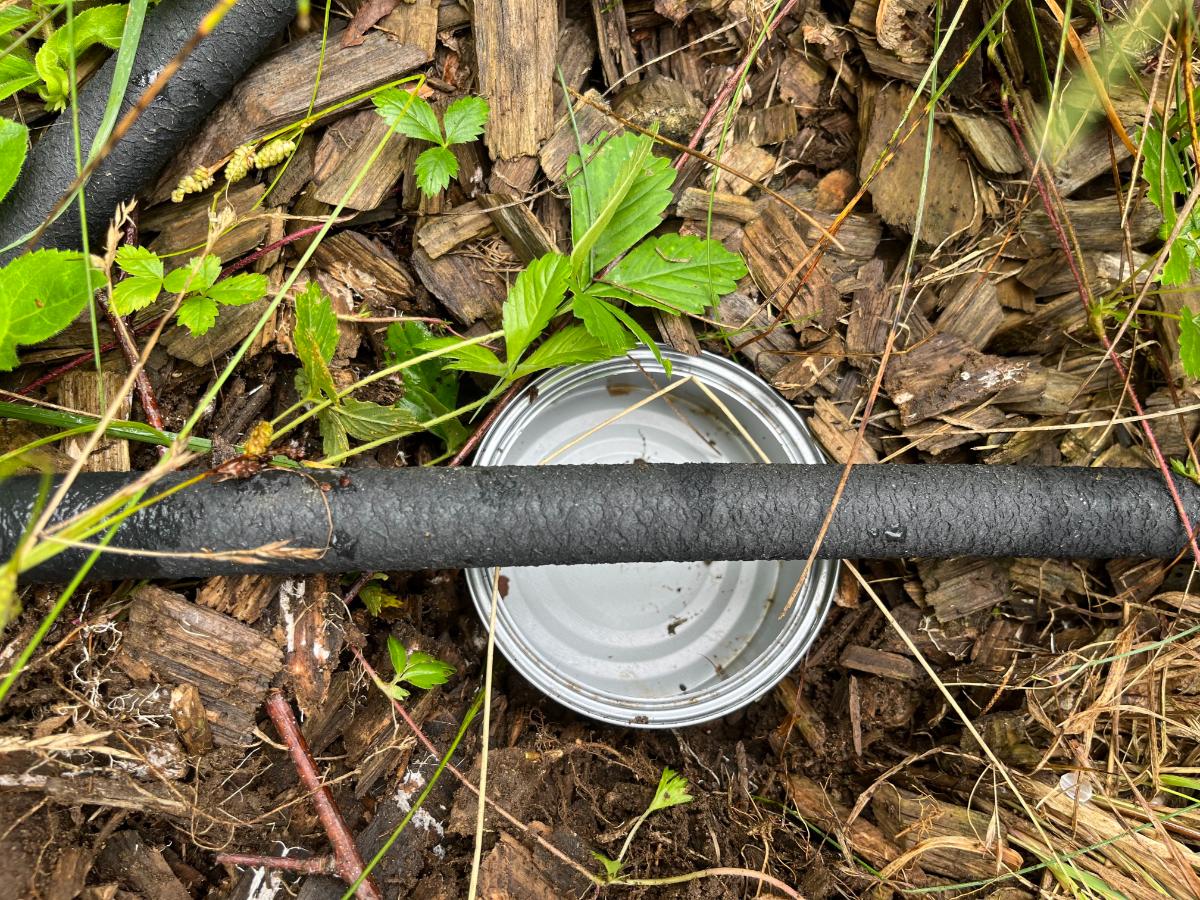
To measure the amount of water from ground level watering systems like soaker hoses and drip irrigation lines, use this hack:
- Find a straight-sided can or small cup
- Tuna cans or cat food cans work well
- Make sure the can is at least as deep as the measurement you want for your plants
- For example, if you want one inch of water per week, your can should be one inch deep; two inches deep for two inches of water, and so on
- Dig a shallow hole as deep as the can is tall
- Sink the can into the ground, but do not bury it
- Leave the top open and exposed
- Make sure the can is in the path of the waterer
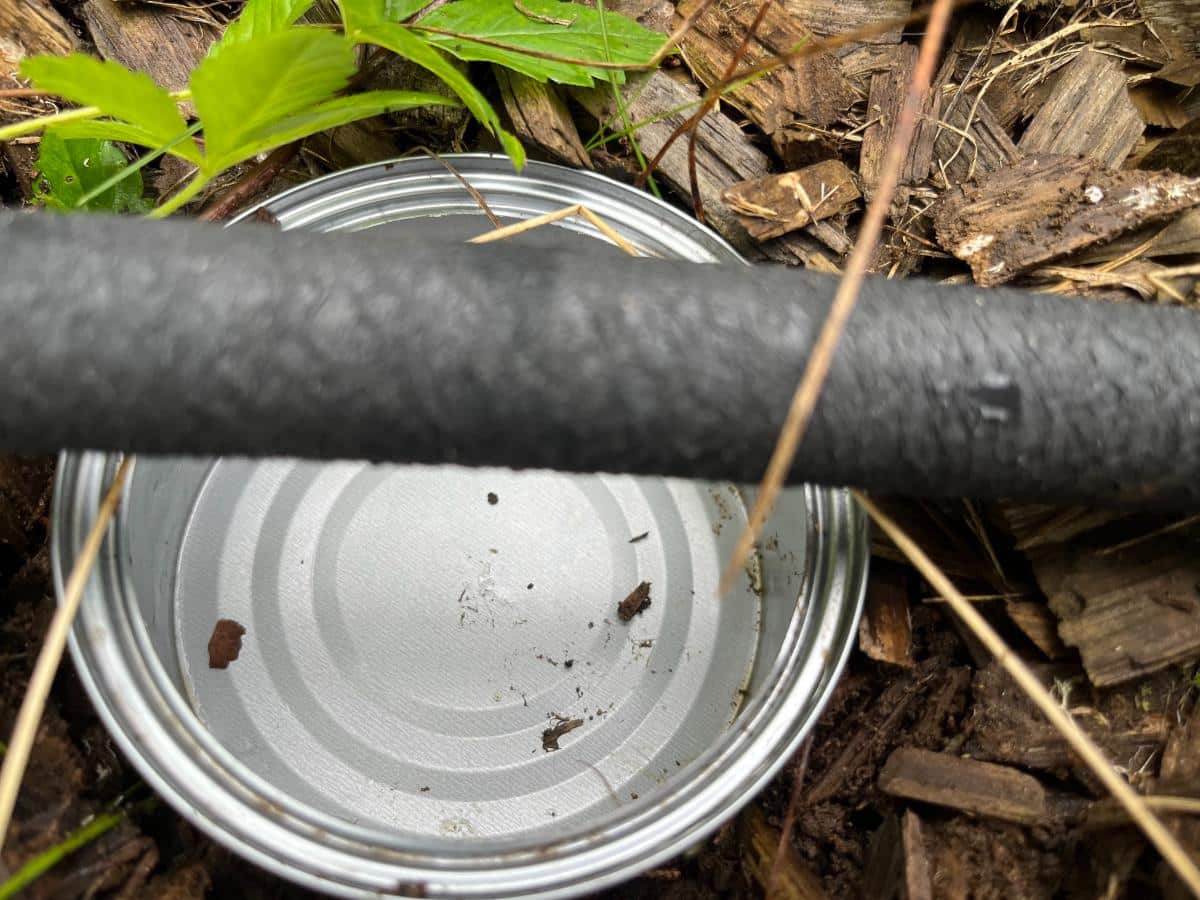
- Work it under a soaker hose, or if using a drip system with spigots, make sure one of the spigots drips directly into the can
- After your can collect the desired inch (or more) of water in a week, empty it and let it start measuring for the next seven days
- If rain fills the can each week, you don’t need to water
- If rain doesn’t fill it, only run your watering system for as long as it takes to fill the can to the depth you’re aiming for
A Rain Gauge and A Can Work Well Together
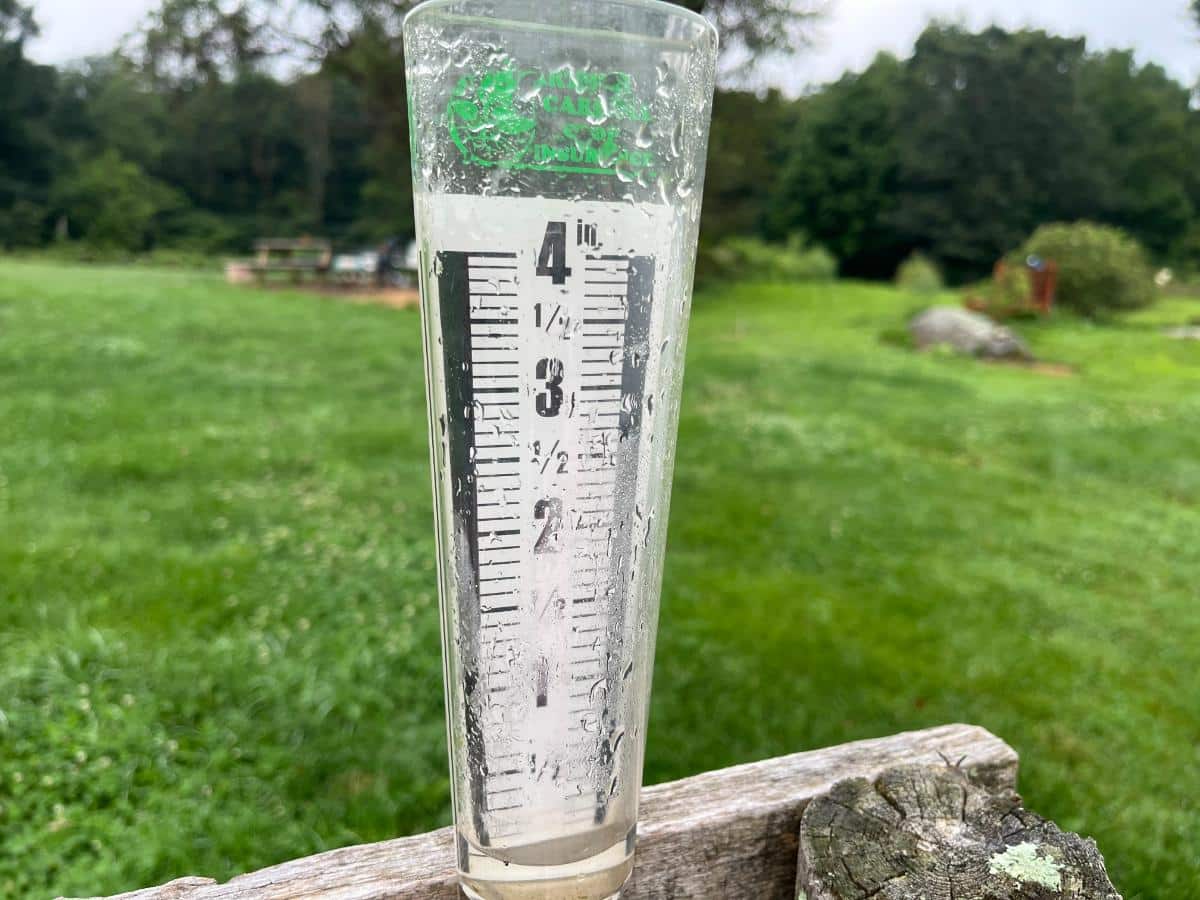
A rain gauge and a can work well together because you can use the gauge to track rainfall and the can to track additional water or total water that falls in the patch where it is needed.
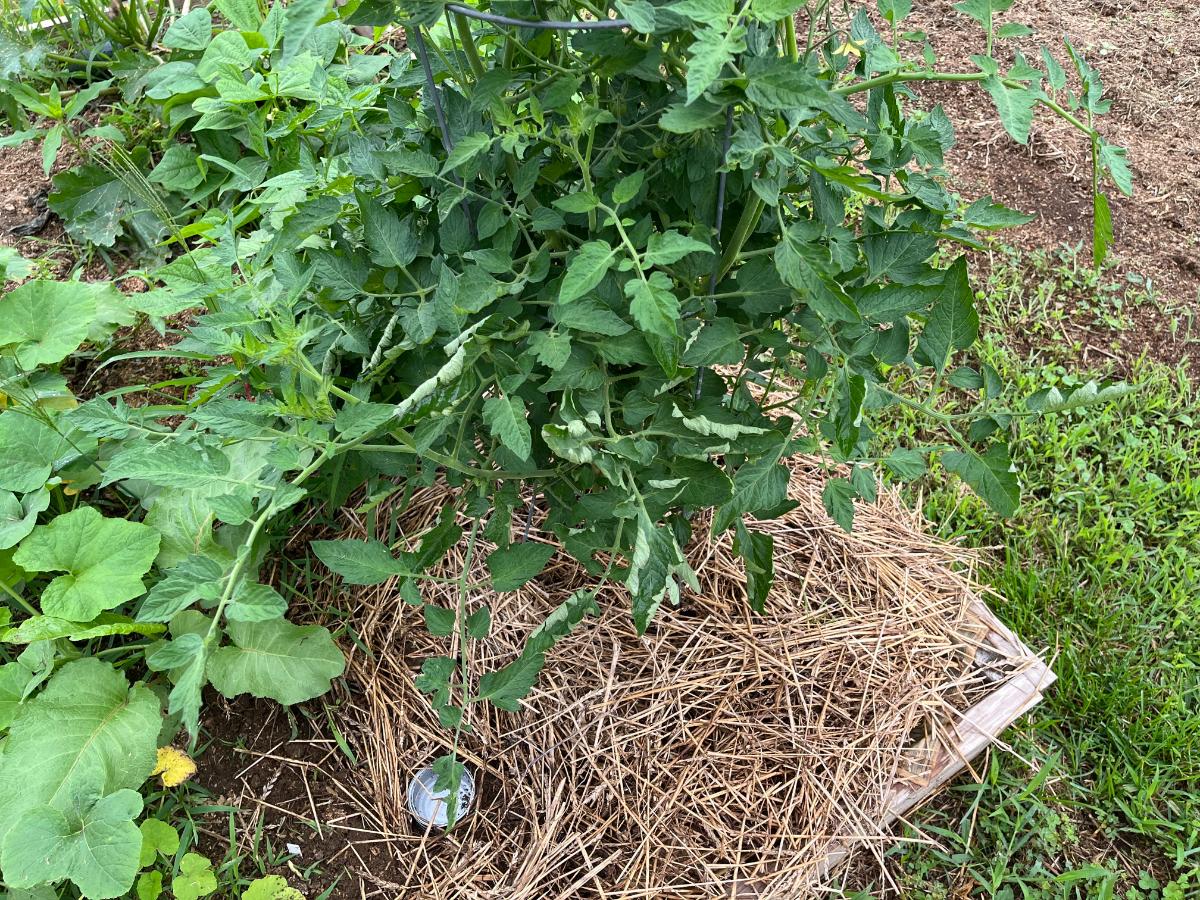
And that’s it! It seems a simple way to measure how much water goes into your garden, but simple is all you need.
The simpler the method, the easier it is to use!
A Couple of Things to Remember
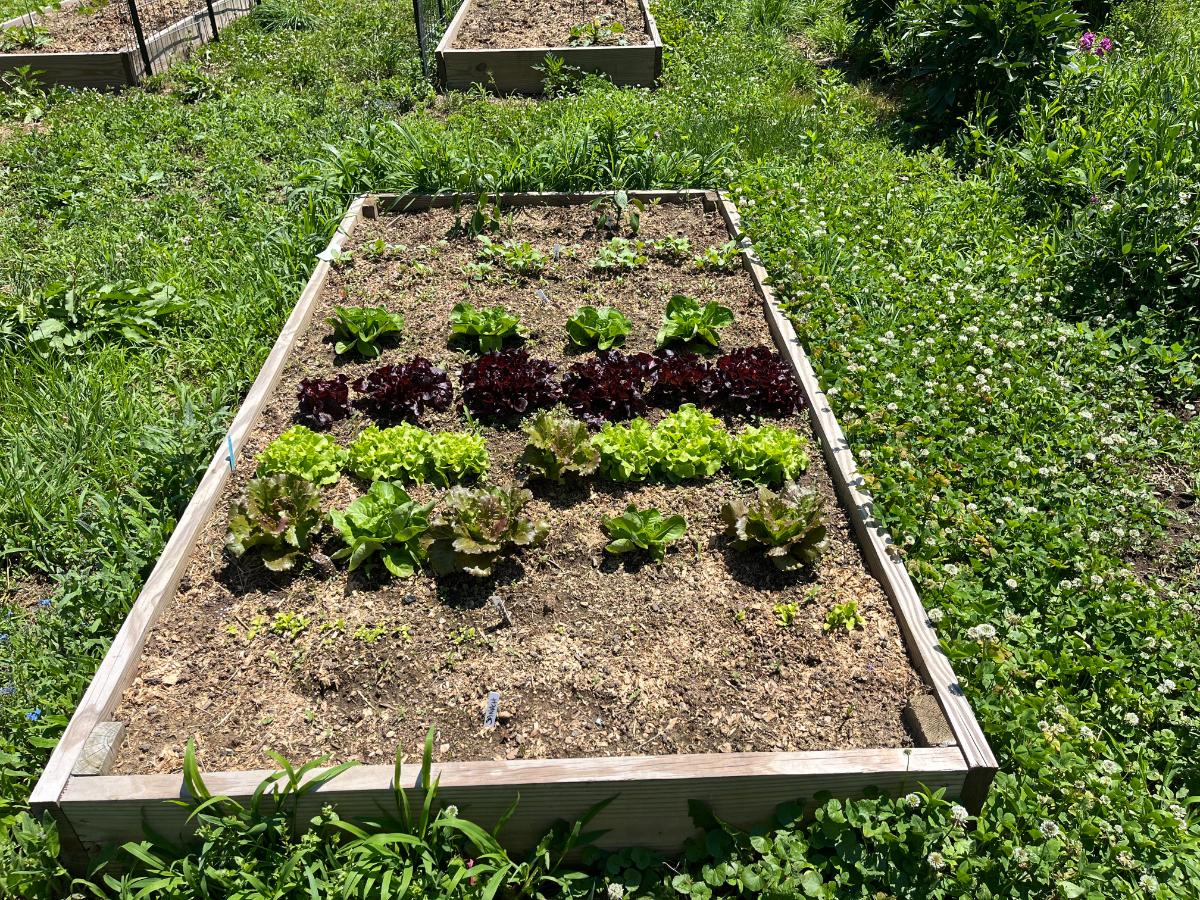
- Not all of your garden beds will need the same amount of water
- When you plan your planting, keep water requirements in mind and group like with like to make watering easier
- Only water those that need the extra water, according to how much rainfall you’ve had
- Watering two or three times per week is better than daily watering
- Space out watering to two or three times per week
- Try to time and space supplemental watering away from larger rain events (like if you get half an inch on one day, wait about three days to make up the other one-half inch difference)
- On the other hand, if a rain event is light and insufficient, water again that day or the next to get a good dose of water into the ground and avoid shallow watering. For example, if you get a scant ⅛ of an inch of rain, go ahead and top it off with a watering of ⅜ more inches because deep soaks are always better for plants than shallow watering, whether natural or manmade.
- If you get a large rainfall of an inch or more, you should monitor the soil to decide when or if you should add more – there should be several days in between, and you may or may not need to give any more water
- If the large rainfall drains or evaporates quickly, or if it runs off the top of the soil (a problem especially when soils are hard and dry), it is possible your plants will want more water later in the week
- Different soils hold or drain water differently, so if you don’t think the soil needs more water, skip it
- You can dig down an inch into the soil. If there is still moisture there, you shouldn’t need to water yet
- Watering is always a management decision and a judgment call
- Let the health of your plants guide you as you decide when to water
- Watering at the soil level is always best for your plants of all kinds
- Soil-level watering includes things like hand watering, soaker hoses, or drip irrigation systems
- Soakers and drip irrigation systems target water to where it should go; they use less water, so they are a better choice for water conservation, too
- Overhead watering with sprinklers wets foliage and invites fungal diseases, mildew, and more
- The one- or two-inch (or other) recommendations you find are estimates. A bit more, or even slightly less, won’t make or break your garden as long as you are in the ballpark.

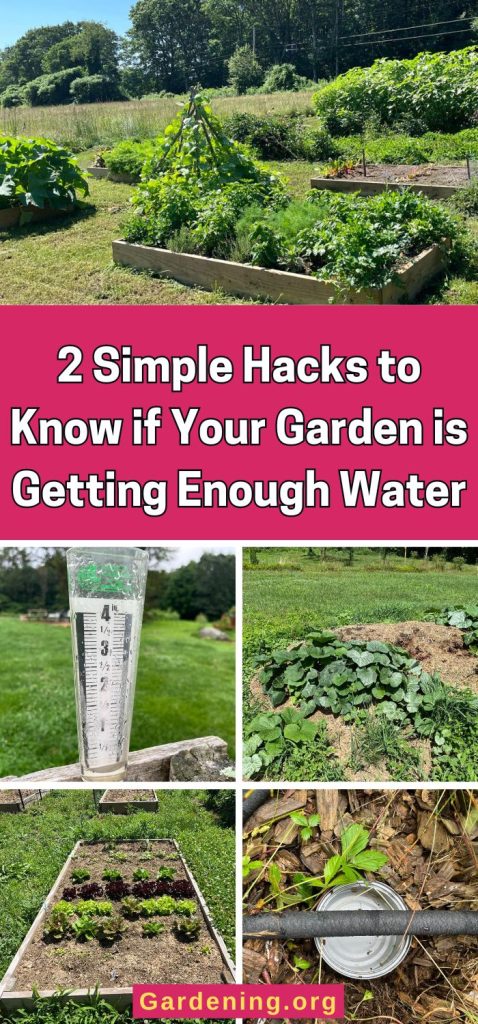
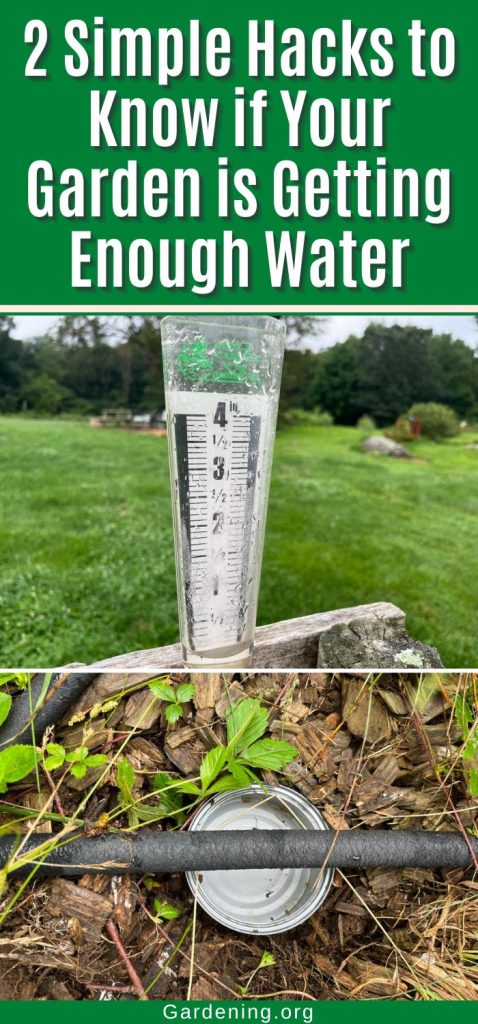

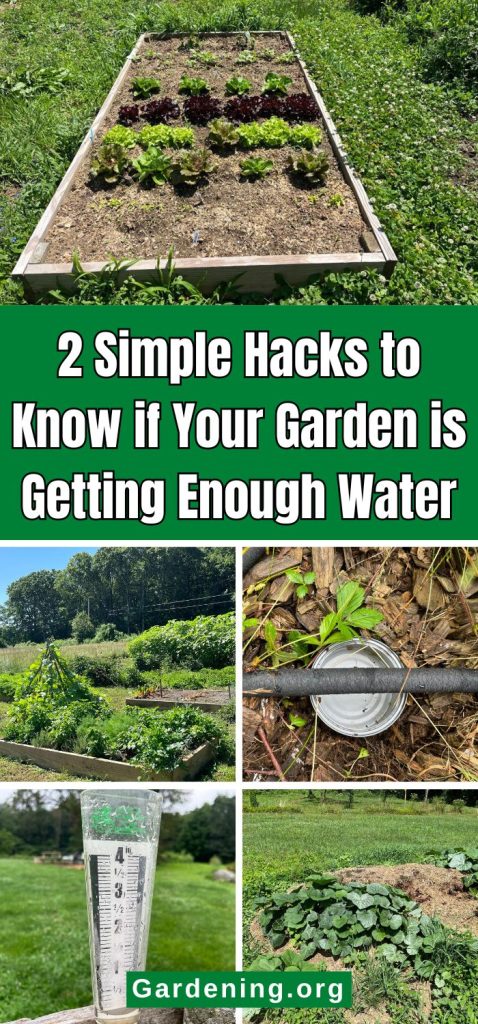




Leave a Reply